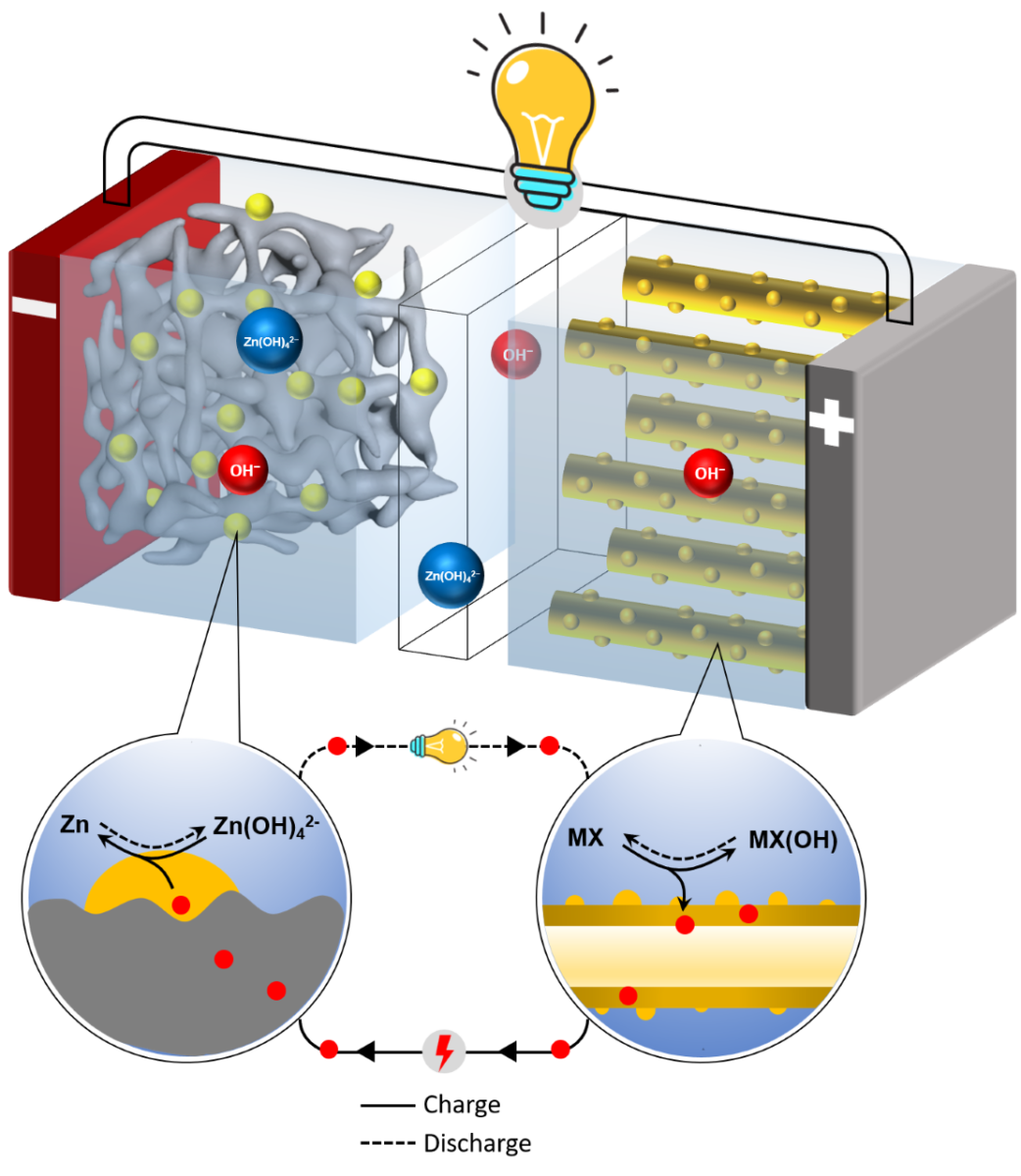As demand for battery energy storage systems grows, so does the realization that not everything can hinge on single chemistry. Concerns around raw material cost and availability but also environmental footprint and safety of ubiquitous lithium-ion batteries are making room for alternative chemistries to be considered and advanced to commercialization.
Aqueous rechargeable zinc-based batteries have been explored as a promising alternative due to their low cost, safety, environmental friendliness, and intrinsic non-flammable nature. However, their widespread adoption has been held back by their low Coulombic efficiency and the notorious dendritic growth at the zinc-based anodes, along with the fast capacity fading of the cathodes.
Now, an international group of researchers led by scientists from Tarbiat Modares University (TMU) in Iran have reported a high-performance and super-long-life rechargeable zinc battery. Their device features a mixed ZnCO3 and MnCO3 grafted onto a graphene aerogel (ZMG) negative electrode and a nanotubular sulfidated Ni-Co-Fe layered double hydroxide (LDHS) positive electrode.
“The input energy required to charge the battery can be provided by renewable energy sources. Note that the voltage of the solar panel should exceed 20-30% of the working voltage of the battery for efficient charging,” Abolhassan Noori, assistant professor at the TMU Department of Analytical Chemistry, told pv magazine.
By virtue of the improved conductivity and boosted electroactivity of the developed electrode active materials, the alkaline ZMG||LDHS supercapacitor-battery hybrid device has displayed excellent performance on a variety of criteria.
It delivered excellent capacity (356 mA h g−1 cathode at 12 A g−1) and rate capability (108 mA h g−1 cathode at 300 A g−1), extremely high specific energy (568 W h kg−1 cathode), and specific power (429 kW kg−1 cathode), along with a high output voltage (1.8 V).
In addition, the device exhibited what is termed as “unprecedented cycling stability” with 99.2% capacity retention after 17,000 cycles at 100% depth of discharge, thanks to an electrochemical pulse-driven regenerative mechanism.
The outstanding high energy and high-power performances are attributed to the favorable structural features of the electrode active materials and the synergistic effects among the constituent elements as well as the pseudocapacitive character of the negative electrode, resulting in an energy storage device that “outperforms most previously reported Zn-based energy storage devices,” the researchers said in “Super-Fast and Super-Long-Life Rechargeable Zinc Battery,”which was recently published in Advanced Energy Materials.
This content is protected by copyright and may not be reused. If you want to cooperate with us and would like to reuse some of our content, please contact: editors@pv-magazine.com.




WOW. This sounds really good. I’m glad at the efforts researchers are putting into batteries. There’s a great hope that we’re going to electrify everything before 2050. It’s also nice to see several chemistries coming up as a viable solution to the storage problem
This is a wonderful achievement. Note that no mention was made of the cost of creating some of the materials that were responsible for its performance. The graphene aerogel (ZMG) negative electrode and a nanotubular sulfidated Ni-Co-Fe layered double hydroxide (LDHS) positive electrode materials are not commonly available, or easy to manufacture, even in extremely small quantities. I noted that it still involves the use of cobalt which is often questionably sourced.
I totally agree about those rare
materials